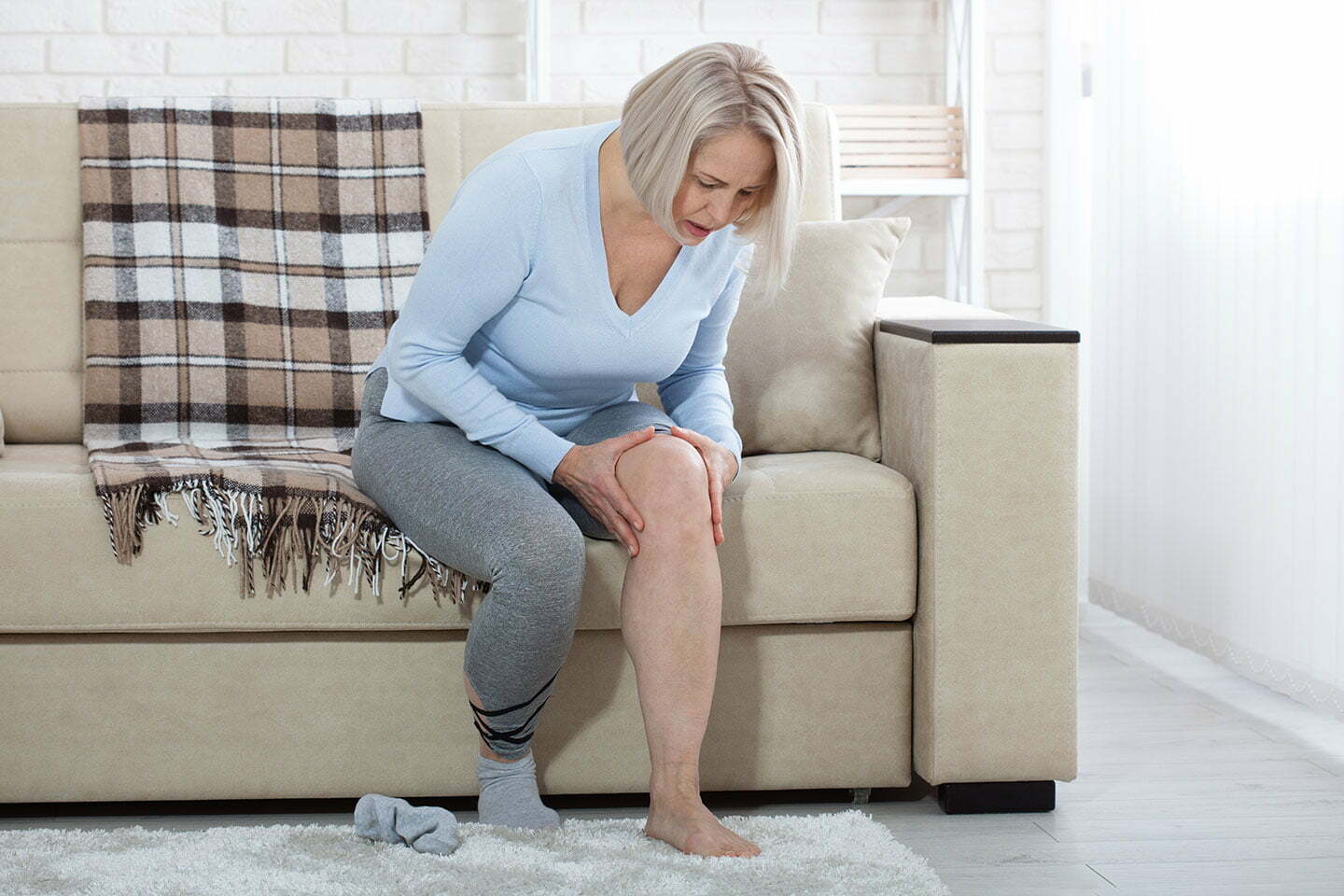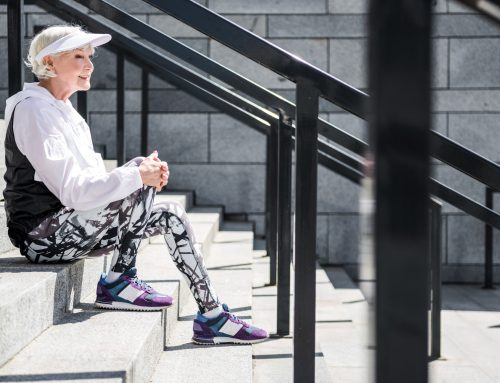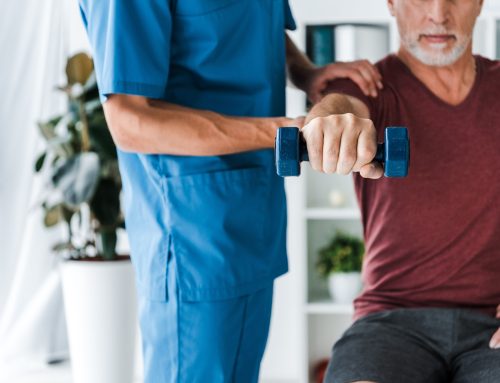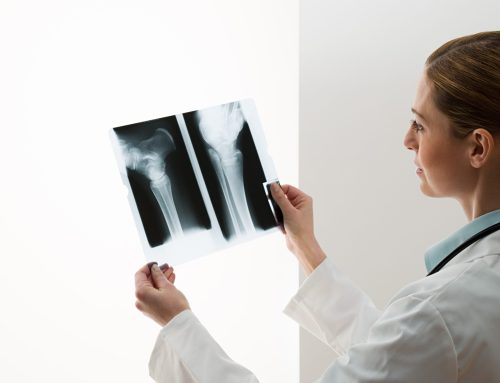
Osteoporosis signs and symptoms creep up out of nowhere. In fact, most people don’t know they have it until they experience a fracture. The only way to find out is through a bone density test. Osteoporosis is a disease that can take decades to develop and progresses without warning.
Naturally, your bones become more brittle over time. However, osteoporosis is a more advanced deterioration. This isn’t your average aging side effect - they become so brittle that a simple bump on your coffee table or coughing fit can cause a fracture. By paying attention to your bone density test results, you can take action if your bone density is declining more rapidly than average. The disease isn’t reversible, but you can prevent further progression. Here’s what to look out for and what to expect for your bones as you age.
Osteoporosis and Aging
Your bones naturally decline in density after they hit their peak mass, around age 30. There is nothing you can do to avoid it, and it usually doesn’t cause any complications. It just happens as you get older. However, when your bone density declines rapidly, this is what gets labelled as osteoporosis. When your bones become so weak, they can be more prone to breaks.
When you’re young, your cells regenerate new bone quickly to outpace the natural loss that occurs. As you age, the living tissue can’t keep up with creating new bone. If you have certain medical conditions, an unhealthy lifestyle, or don’t have enough calcium intake, you can be at a higher risk of developing osteoporosis symptoms.
There isn’t a cure for the disease, only ways to prevent it from getting worse and avoid a fracture. If you haven’t had a bone density test, here are some early-stage and progressed osteoporosis signs and symptoms to look out for.
Osteoporosis Symptoms
Before progressing to osteoporosis, you may get diagnosed with osteopenia after a bone density test. This is when your bones decline faster than average but not at a fracture risk level. By adjusting your lifestyle and diet, you can slow down the progression of osteoporosis.
The roadblock is that you won’t have any symptoms or red flags until it’s too late. If you’re someone who is at a higher risk level, it’s recommended to ask your doctor for a bone density test and follow their recommendations. Some of the common risk factors include:
- Going through menopause or having ovaries removed before age 45.
- Low estrogen in women and low testosterone in men.
- Smoking.
- A sedentary lifestyle.
- A family history of osteoporosis.
- Excessive alcohol consumption.
- Aging (it’s recommended you get bone density tests at age 65).
- Poor dietary habits (not enough calcium and vitamin D).
Certain medications can also increase your risk of osteoporosis. Some of the common conditions include an overactive thyroid, celiac disease, inflammatory bowel disease, conditions that require hormone treatment, and more.
Once you’ve developed osteoporosis, you may experience some of these symptoms:
- Bending forward or a stooped posture.
- Bones that break more easily.
- Back or neck pain caused by collapsed or fractured vertebra.
- Loss of height (by one inch or more) over time.
- Receding gums (from bone loss in your jaw).
- Weaker grip strength.
- Brittle fingernails.
What To Expect for a Bone Density Test
Osteoporosis is irreversible, and you won’t experience any symptoms until it’s too late. The best thing you can do is schedule a bone density test with your doctor if you’re at risk. A DXA machine will measure your bone density, which will typically scan your hip, wrist, and spine. It only takes 10-15 minutes and doesn’t hurt - it’s just like a regular X-ray.
Your results are then compared to other people of your age and gender. This is how your doctor determines if you’re declining unusually fast or considered normal. Your results are given in T-scores, such as the following:
- Normal: -1.0 and above
- Osteopenia (low bone mass):-1.1 to -2.4
- Osteoporosis: -2.5 and below
- Severe osteoporosis: -2.6 and below with a history of fracture
Strengthening your bones is an essential part of your wellness routine. You’ll have a better chance of maintaining your bone density by getting plenty of calcium and vitamin D and doing regular weight-bearing exercises.
Over 2.3 million Canadians are living with osteoporosis, with at least 1 in 3 women and 1 in 5 men suffering from an osteoporotic fracture in their lifetime. The best defence is a proactive approach to your health by moving your body and consuming enough calcium. If you have limited mobility or do not have enough time in the day, a low-intensity vibration device can help you stimulate your muscles in just 10 minutes a day at home. Contact us to get your non-invasive treatment option today.
Do you or a loved one suffer from osteoporosis? How did you find out about the diagnosis? What osteoporosis signs and symptoms are you experienced? Share your experience with our readers in the comments below.



